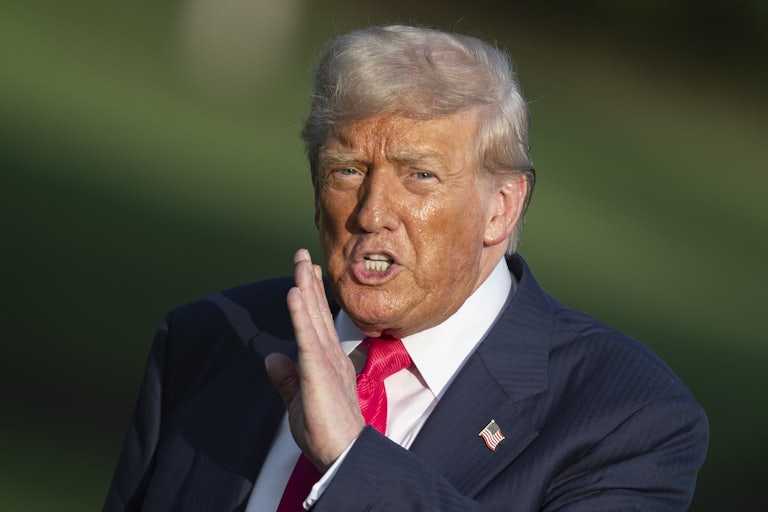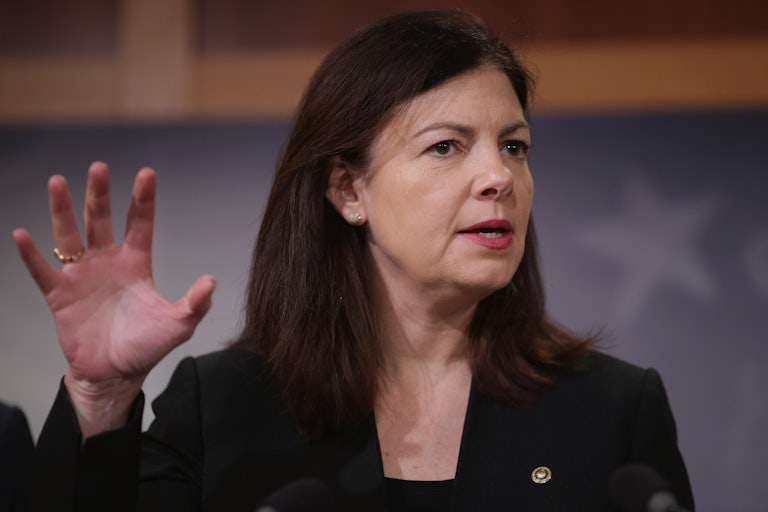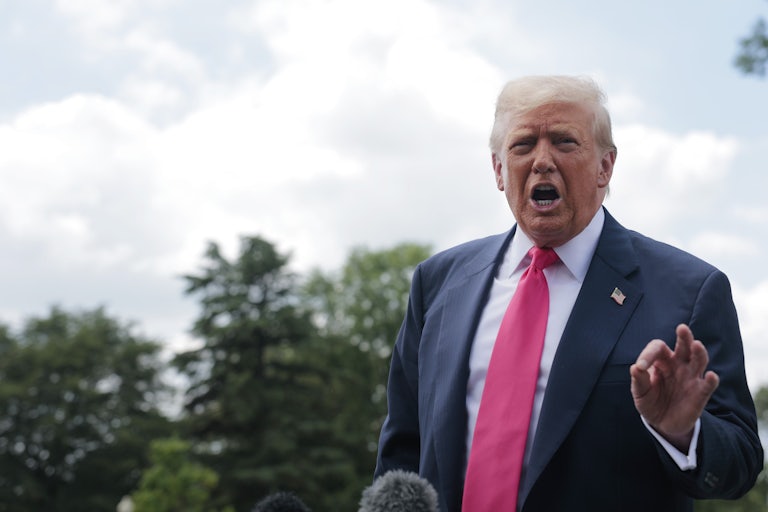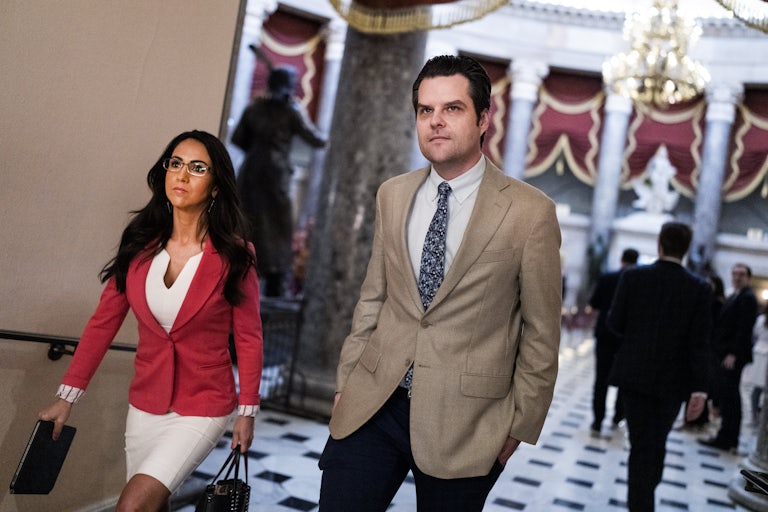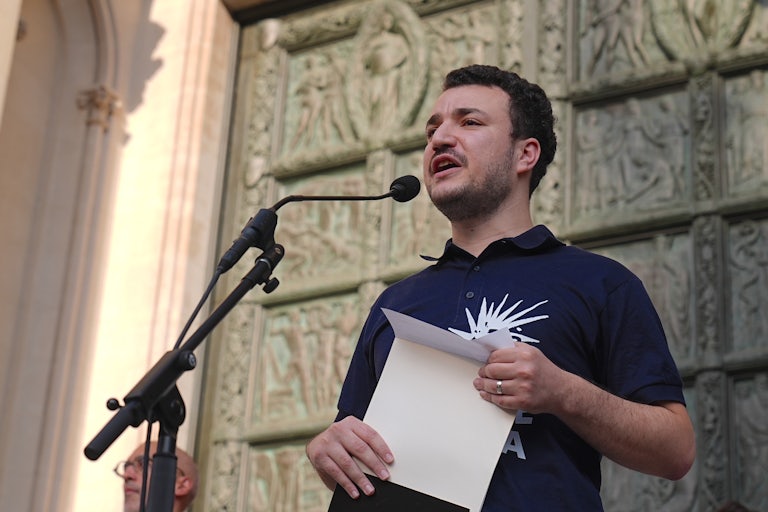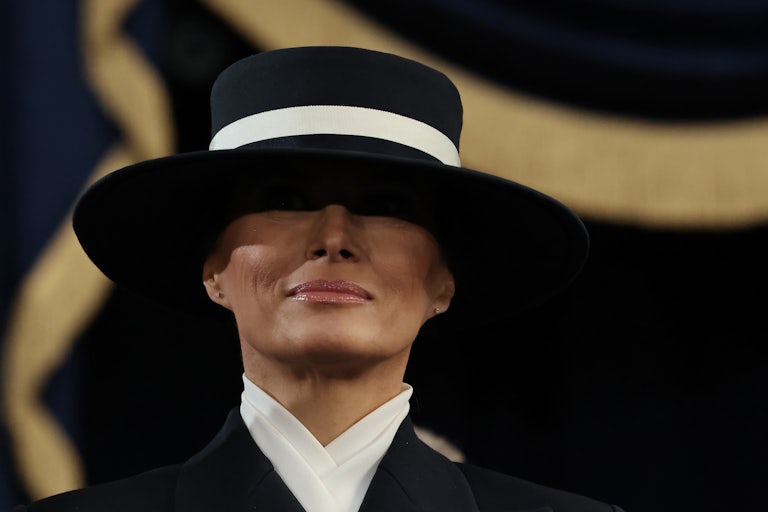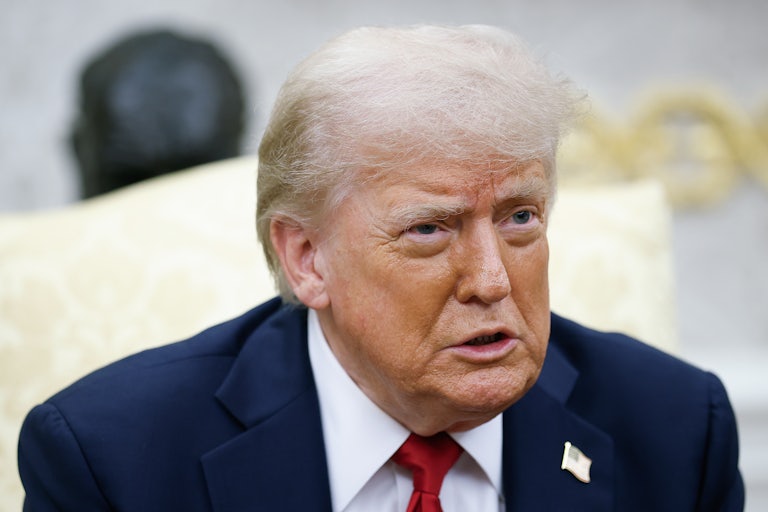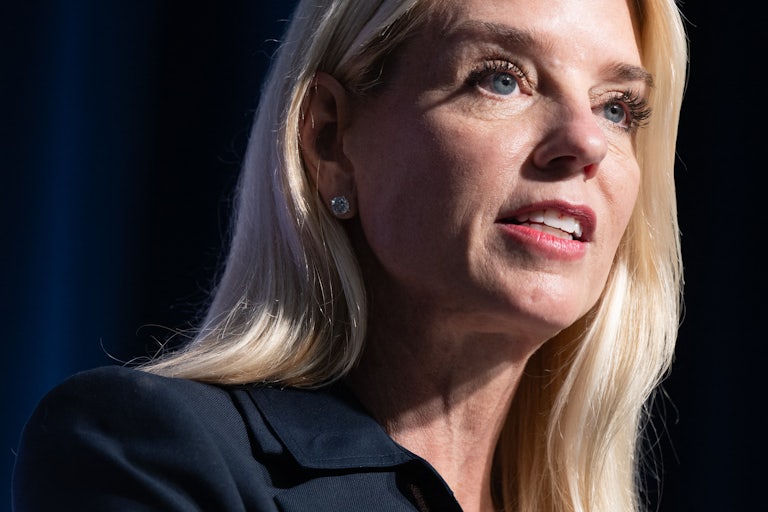Transportation Sec Has Staggering Excuse for Not Knowing Key Detail
Sean Duffy insisted that air traffic controllers are “in towers,” not “in the building.”
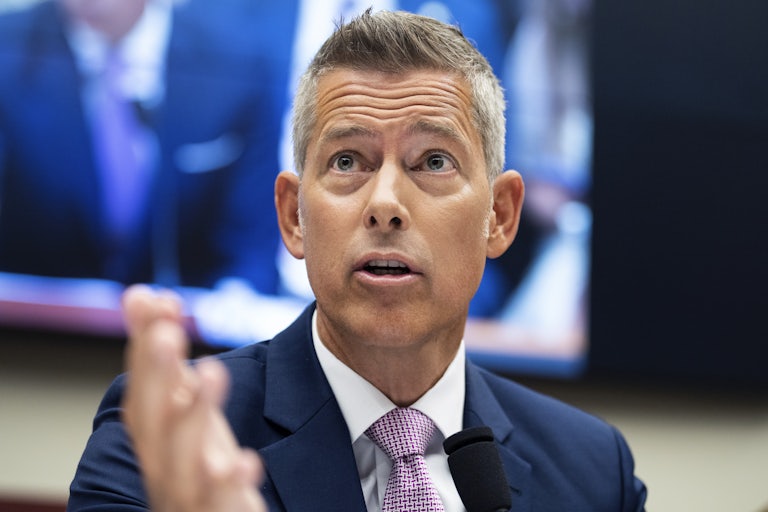
Donald Trump’s Cabinet officials are not keeping track of America’s air traffic controllers amid a historic shortage.
Transportation Secretary Sean Duffy was shockingly quiet when asked about the number of air traffic controllers remaining in the United States while testifying before the House Transportation and Infrastructure Committee Wednesday, refusing to provide concrete details on America’s air infrastructure.
“Can you tell this committee how many air traffic controllers have left the FAA since January 20, 2025?” asked Democratic Georgia Representative Hank Johnson Jr.
“I don’t—,” Duffy started, before Johnson interjected: “Please don’t tell me you don’t know.”
“I don’t know that,” Duffy insisted.
“This is an important job,” Johnson said. “Are you trying to tell us you don’t know how many air traffic controllers are in the building?”
“They’re not in a building, they’re in towers,” Duffy responded.
“Well I’m just speaking figuratively,” Johnson said.
JOHNSON: How many air traffic controllers have left the FAA since January 20? And don't tell me you don't know
— Aaron Rupar (@atrupar) July 16, 2025
DUFFY: I don't know that
JOHNSON: Are you trying to tell us you don't know how many air traffic controllers are in the building?
DUFFY: They're in towers pic.twitter.com/xCrhyQ0z14
Industry professionals are not so ignorant: there are currently 10,800 certified controllers working in America, according to the National Air Traffic Controllers Association. Union President Nick Daniels has said that 41 percent of those air traffic controllers are working six days a week, 10 hours a day to meet the demands required of a full staff, which is estimated to be more than 14,600 workers.
The shortage of air traffic controllers is nothing new: it’s been an unmitigated problem decades in the making. A large bulk of the country’s controllers retired over the last 10 years—a coincidence made possible due to the fact that the majority were onboarded simultaneously as replacements for the 11,350 controllers fired by President Ronald Reagan in 1982.
In 2015, the National Air Traffic Controllers Association told Congress that the situation had reached a “crisis” level and that, at the time, the Federal Aviation Administration had missed hiring targets five years in a row.
The Biden administration attempted to step up the pace of hiring in 2024, onboarding 2,000 qualified applicants. But they barely replaced the outbound workforce: 1,100 controllers left their jobs last year.
For years, the federal government has failed to properly incentivize younger generations to view the famously high-stress, high-education, and relatively antisocial job as desirable—and similar to other industries, the growing lapse between the aging workforce and the stalling youth is contributing to a brain drain which will deplete experience across the board. (To address this, Duffy also said that the FAA would change retirement limits, advising the union that air traffic controllers will be allowed to work past the age of 56.)
The massive shortage has forced controllers to do double duty, tasked (at some airports) with juggling both the flight paths of commercial airplanes and helicopters—work typically done by two separate controllers.
But the industry has faced new struggles since Trump took office. There have been critical failures at airports across the country, including a mid-air collision at Reagan National Airport in Washington that resulted in the deaths of 67 people in January, as well as rolling blackouts at Newark International Airport. These crises have sparked a new wave of retirements due to heightened stress on the already overtaxed controllers.
In February, the administration erased 400 FAA roles, including positions that supported air safety. Duffy confirmed the cuts that time, though he attempted to minimize them by highlighting the overall staffing of the agency, which Duffy claimed employs some 45,000 workers.
Duffy has promised to “supercharge” air traffic controller hiring, hoping to shave four months off the typically arduous onboarding process. But even at an expedited rate, that likely wouldn’t make a dent in America’s air traffic staff anytime soon: it currently takes about four years to become a certified air traffic controller. Instead, NATCA’s Daniels has estimated that it could take as long as nine years to reach full staffing.
